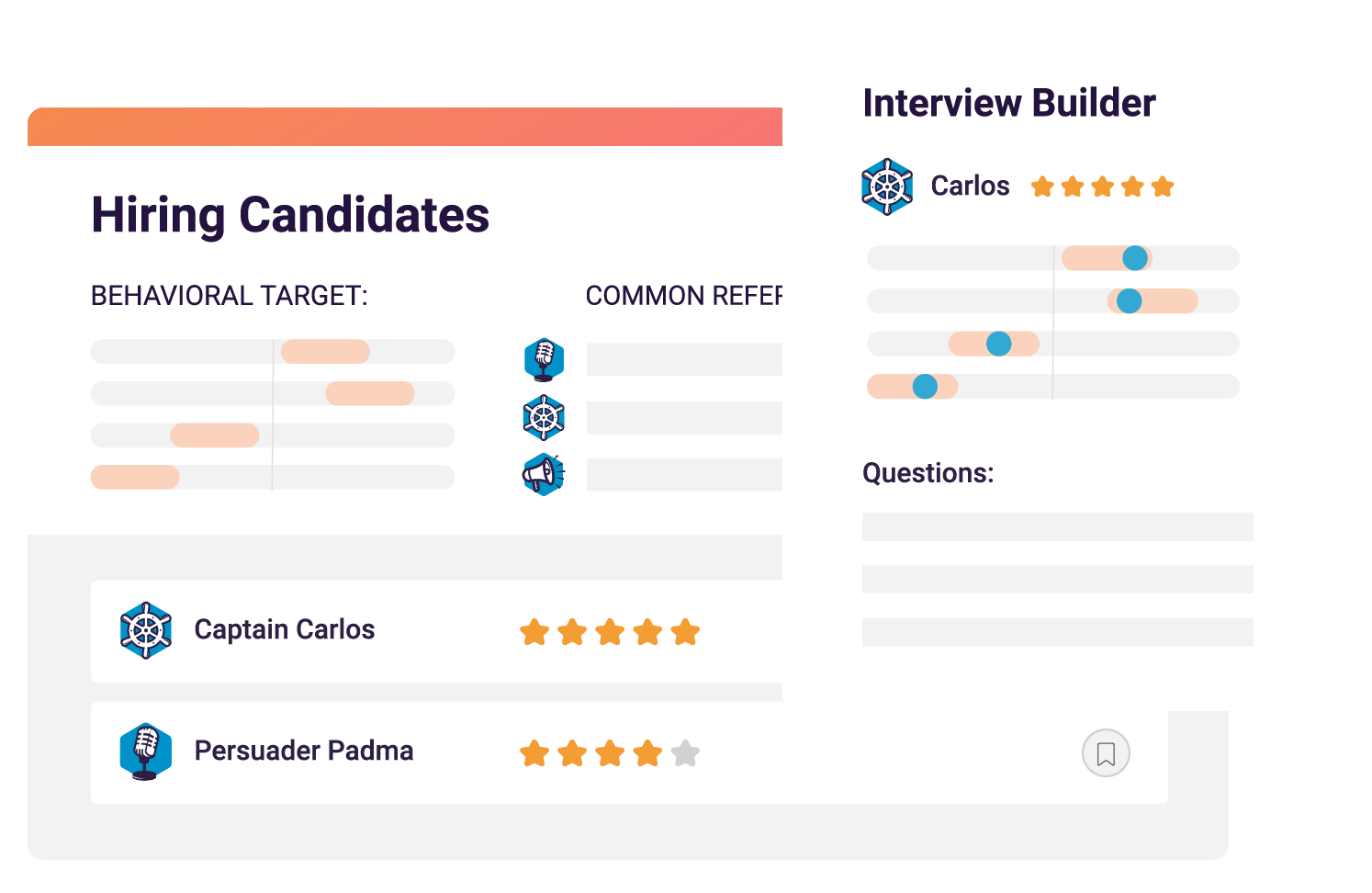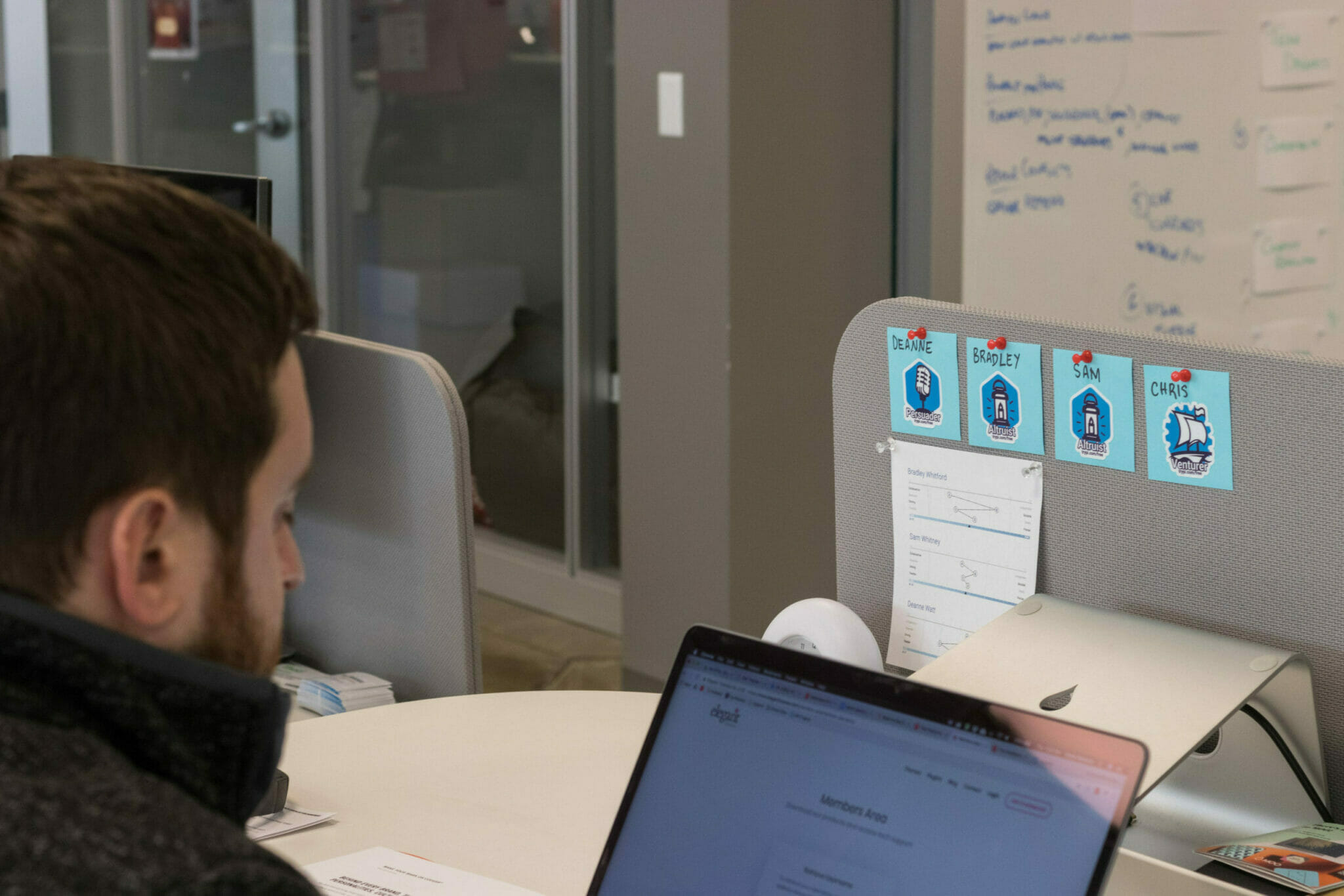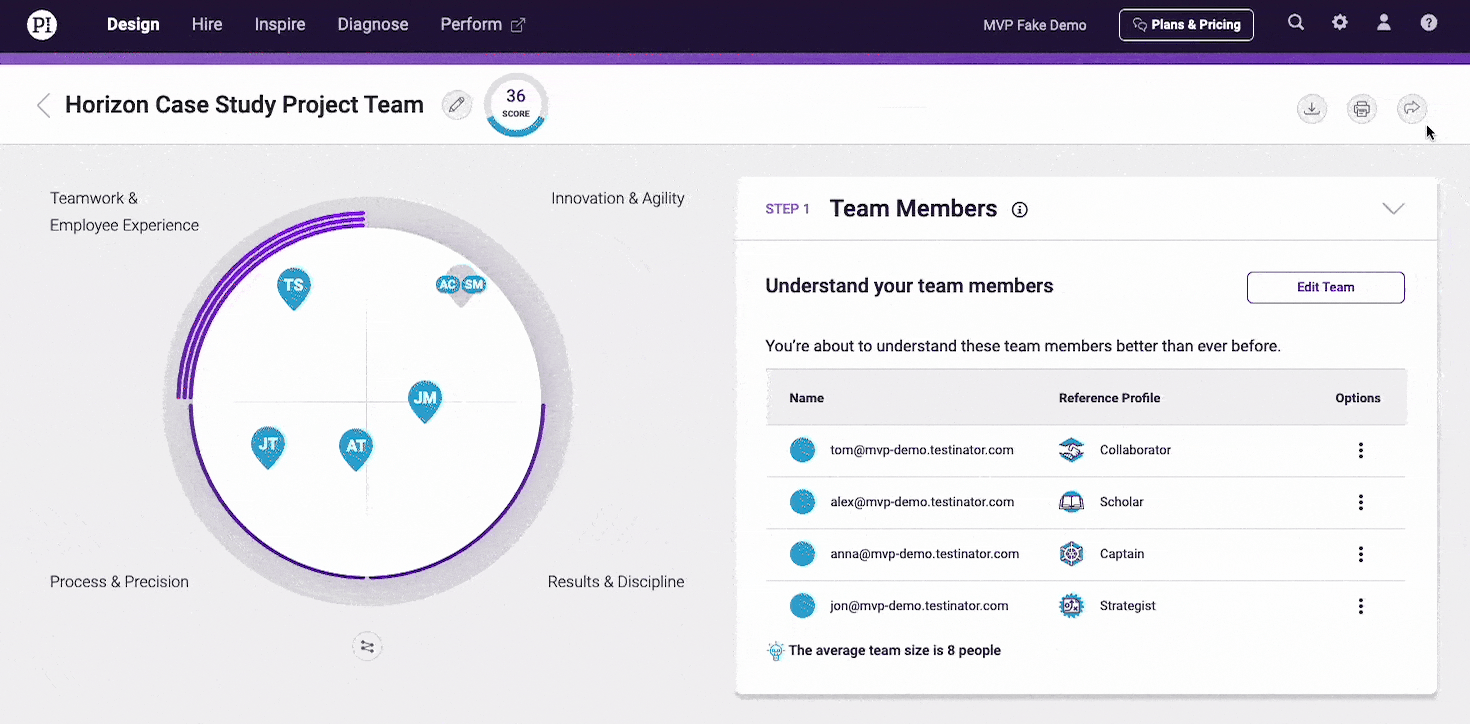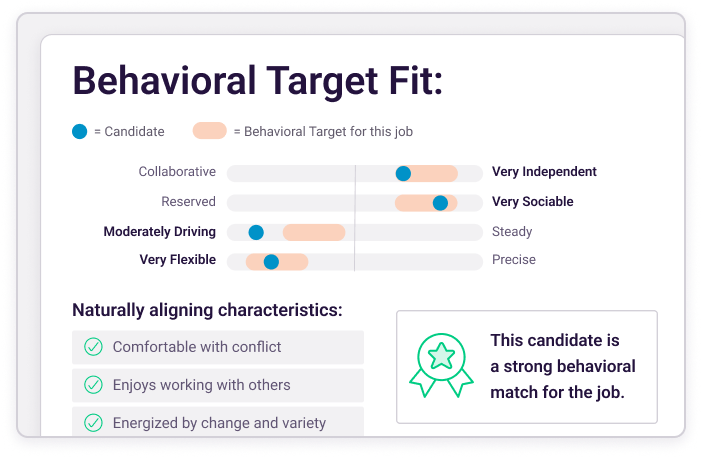Building a winning job description is the foundation of great hiring. After all, this may be the first impression a potential candidate is going to have of your company. Get it right, and they’ll apply. Get it wrong, and you may have lost a great candidate.
Writing a job description that leads to a great hire takes more than researching similar job postings or editing your past job listings. A winning job description is constructed in a way that speaks to the job seeker, includes a job title that accurately conveys what the position is, and sums up what’s required to be successful in the role.
Here are a few best practices for writing a job description that will attract top candidates:
Be specific with responsibilities and duties.
When it comes to writing job descriptions, less is more. Approximately 45% of job seekers are searching on their mobile device.
A good rule of thumb is to keep job responsibilities between five and seven real items of ownership. If the job can’t be distilled down via the “5-7 rule,” chances are either the job is too big or the responsibilities being listed go beyond real areas of ownership.
This practice also encourages inclusivity. A Hewlett Packard internal report once showed that men will apply to a job if only 60% of the job requirements apply to them, whereas women will apply when they are confident they could complete 100% of the job responsibilities. By paring down your job description to the essentials, you not only improve the search for mobile job seekers, but you level the playing field for candidates.
Focus on the most essential qualifications and skills.
In the practice of shortening your job description, you’ll want to focus on the most essential qualifications and skills for the role.
Often we list qualifications that are “nice to have” as necessities. However, if your work environment is receptive to people learning on the job (which most companies can and should be), requirements should truly be requirements. For example, if you need a Salesforce admin, then knowing Salesforce is a requirement. But if it’s a software you’re looking to implement in the future—and the person has time to train on it—don’t list it as a requirement.
The other qualification we tend to see that’s limiting with job descriptions is years of experience. If you’re looking for someone with seven years of experience in a particular role, you’re really limiting your search. If that’s a requirement, then include it, but what you might need to look at instead of years of experience if depth of experience. Do they have a strong record of performing the key job responsibilities? If so, they could be a strong candidate for your company.
Incorporate behavioral and cognitive traits required for the role.
Different types of jobs require different behavioral traits. For positions that require more compliance, such as certain HR or finance roles, you’ll want to hire someone who pays more attention to detail and does things by the book. However, if you’re hiring a BDR , you’ll want someone who’s more outgoing, ambitious, and persistent. Including these traits in your job description will help you to find someone who’s a good behavioral match for the job duties.
Similarly, cognitive ability is one of the highest predictors of job performance. Cognitive requirements vary by role and by organization. If your company is in a hyper-growth phase or in a complex market, you will want to hire a candidate with higher cognitive abilities.
A cognitive assessment essentially tells you how quickly a candidate can learn and adapt—and that they’re proficient at processing complex information. If your organization is more stable, or a role is composed of repetitive job functions, your cognitive requirement might be lower. Use verbiage that communicates the pace and environment of your company to attract potential candidates that will be a good fit for your organization as well as the job itself.
Use keywords in the job description.
Writing a good job description is just the start. You want to make sure job seekers find your listing, too!
Including SEO keywords in the job description will help your job posting show up in search results. These keywords should also pique the interest of a candidate who may have viewed several similar jobs within the last hour.
Not sure which adjectives and phrases to use?
Join 10,000 companies solving the most complex people problems with PI.
Hire the right people, inspire their best work, design dream teams, and sustain engagement for the long haul.
Showcase your employer brand with consistency.
If each of your hiring managers is creating their own job description from scratch, you may be hurting your chances of attracting top candidates. Having a template that incorporates your company branding and consistent messaging about your organization helps job candidates to better connect with your brand, and it serves the added purpose of looking streamlined and put together.
When speaking about your company, keep it brief, but include any important information about your company culture, values, and perks. Do you offer remote work opportunities or flexible work hours? Do you have a great vacation policy or health benefits? These are worth adding into your job description to sell applicants on the benefits of working for your company.
How are you planning to make your job description better? Leave your best tips in the comments.








